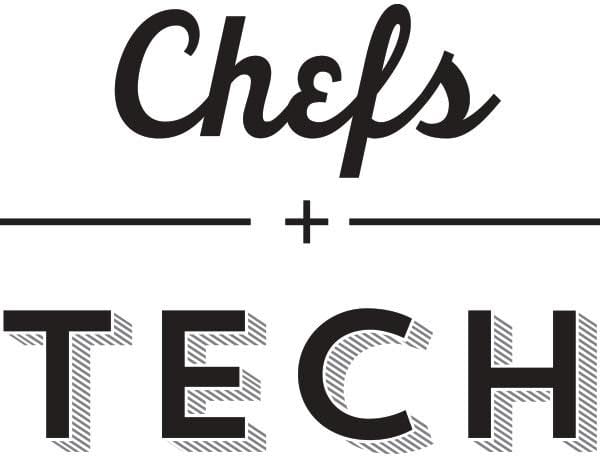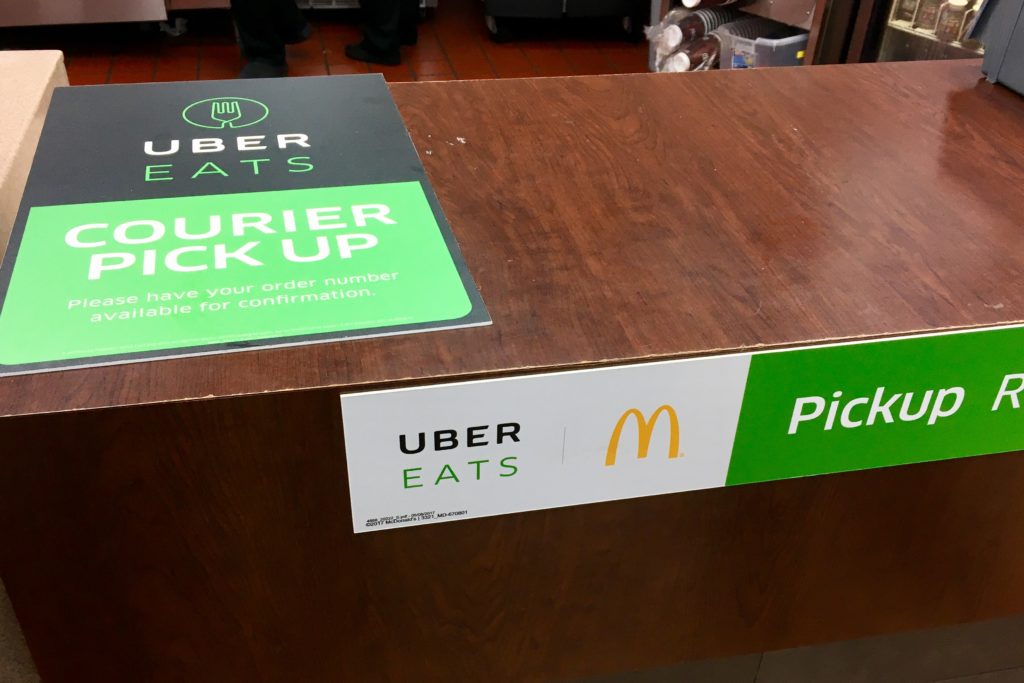Skift Take
Hungry people will be loyal to the delivery app that gets them their food fastest, period. UberEats touts algorithms, analytics, and a little bit of the human touch in its work with restaurants.
 Editor’s Note: In September we announced that Skift was expanding into food and drink with the addition of the Chefs+Tech newsletter.
Editor’s Note: In September we announced that Skift was expanding into food and drink with the addition of the Chefs+Tech newsletter.
We see this as a natural expansion of the Skift umbrella, bringing the big-picture view on the future of dining out, being fanatically focused on the guest experience, and at the intersection of marketing and tech.
We publish C+T twice weekly.
How UberEats Works with Restaurants
UberEats started nearly three years ago as an experiment in Los Angeles. The service, then called UberFresh, started differently than other delivery apps and offered a selection of only five items per day, on demand, as part of the Uber app. The experiment went so well that Uber decided to increase its offerings, pivoting toward a more traditional food delivery model — as it turns out, the dining public prefers food selection to pure speed. In late 2015, the UberEats app launched in Toronto, and has since grown to include over 60,000 restaurants in 112 cities. “Now that we’re at scale, there’s a big opportunity to continue to push the boundaries of food delivery forward and a lot of that has to do with building trust with restaurants and helping advance this world of restaurant and technology,” Chetan Narain, senior product manager for UberEats, told Chefs+Tech.
UberEats offers two pieces of software to its restaurant partners: Restaurant Dashboard, which runs on a tablet inside the restaurant, and Restaurant Manager, a tool for owners and managers to see analytics including dish popularity and performance over time. Restaurant Dashboard and the associated app for couriers look a whole lot like the Uber app you’re used to (the courier app is actually the exact same that a traditional Uber driver uses). Uber drivers can be couriers but not all couriers are Uber drivers; couriers don’t need a car and can walk, bike, or scooter to deliver food, too. Uber’s process of delivering food from restaurant to your door uses much of the same technology that matches you with a driver: When a restaurant signifies an order is ready, Uber searches for the closest available couriers. In an interview with Chefs+Tech, Narain explains the technology, its recent changes, and all of the opportunity to innovate in the space moving forward. Read the full interview here.
There’s a Restaurant Chain Digital Arms Race. Really.
This headline made me giggle, but it’s true: Restaurant technology may have started as a novelty, but has moved from its position in the nice-to-have category to the absolutely-must-have-or-else category. The industry has always been competitive, but now that reviews, ratings, recommendations, and listings fly around the Internet with unprecedented speed, it’s up to restaurants to prove their tech savviness in order to maintain a happy and engaged customer base. Bloomberg reports on the many options available to restaurants, including new payment options, new ordering options and how restaurants are, in a sense, similar to the traditional retail outlets that have been experiencing trouble thanks to the prevalence and ease of ecommerce.
Also interesting: Restaurants — even the most established ones — are partnering and aligning themselves with existing technology companies like Amazon and Facebook to prove they’re still relevant. In that sense, the convenience of delivery is taking over restaurant visits as businesses like Domino’s and even McDonald’s rework their physical locations to accommodate order pick-ups instead of order-ins. In another sense, this has changed the way that restaurants design and run their physical locations. Restaurants become destinations, not just a place to sit at a table and eat. Decor is designed to stand out and look great on Instagram. Sharable plates, small dishes, and family-style meals aim to make the dining out experience different than the eating in experience. Restaurants use the marketing power of social media to draw you in the door to the experience. But just as much as a restaurant — especially a chain restaurant where food is a commodity — must focus on food quality and execution, it now must focus on technological execution to survive in the evolving market.
The Super Fast, Shockingly Impressive Rise of Craft Breweries
What does craft beer have to do with the changing face of a neighborhood? A lot, apparently. According to a fascinating piece in City Lab, between 1985 and 2010, the number of craft breweries in the U.S. jumped from 27 to 1,754. In 2015, the number grew to 4,225(!), making it impossible to ignore the rise of craft brewing as a larger statement about the country’s food and beverage industry.
The piece details a recent study of craft breweries, yielding some interesting info about how so many of these businesses were able to rise and thrive. They cluster together in order to take advantage of shared equipment, ingredients, staff training, and even patron foot traffic. The strongest predictor of where a craft brewery would open was the presence of another craft brewery in the neighborhood. And instead of offering similar products to “big beer” (like Anheuser-Busch), craft breweries purposely differentiated themselves, offering a huge variety of flavors and styles. And of course, there’s the millennial effect — sheer popularity has increased beer tourism in plenty of places across the country.
In this way, the craft brewery industry has mirrored restaurants: Smaller, independent restaurants have clustered in larger cities offering more diverse options than the large chains and conglomerates of my childhood. It’s worth watching, though, what happens if either of these industries reaches a tipping point. Much has been written in recent weeks about the restaurant industry and whether or not it can sustain such growth. How much beer is too much beer — and what comes next?
Digestifs
- Bon Appetit announces its list of the best new restaurants in America, and it’s a good one— Bon Appetit
- This lab analyzed tweets and found out (among other things), Colorado residents tweet the best caloric-intake-to-activity-level ratio. (Mississippi has the worst.) — Outside Magazine
- Brooklyn’s Ample Hills wants to be the next Ben & Jerry’s — Bloomberg
The Daily Newsletter
Our daily coverage of the global travel industry. Written by editors and analysts from across Skift’s brands.
Have a confidential tip for Skift? Get in touch
Tags: restaurants, ubereats
Photo credit: The work UberEats has done with McDonald's has influenced its software for all restaurants. Jason Clampet
